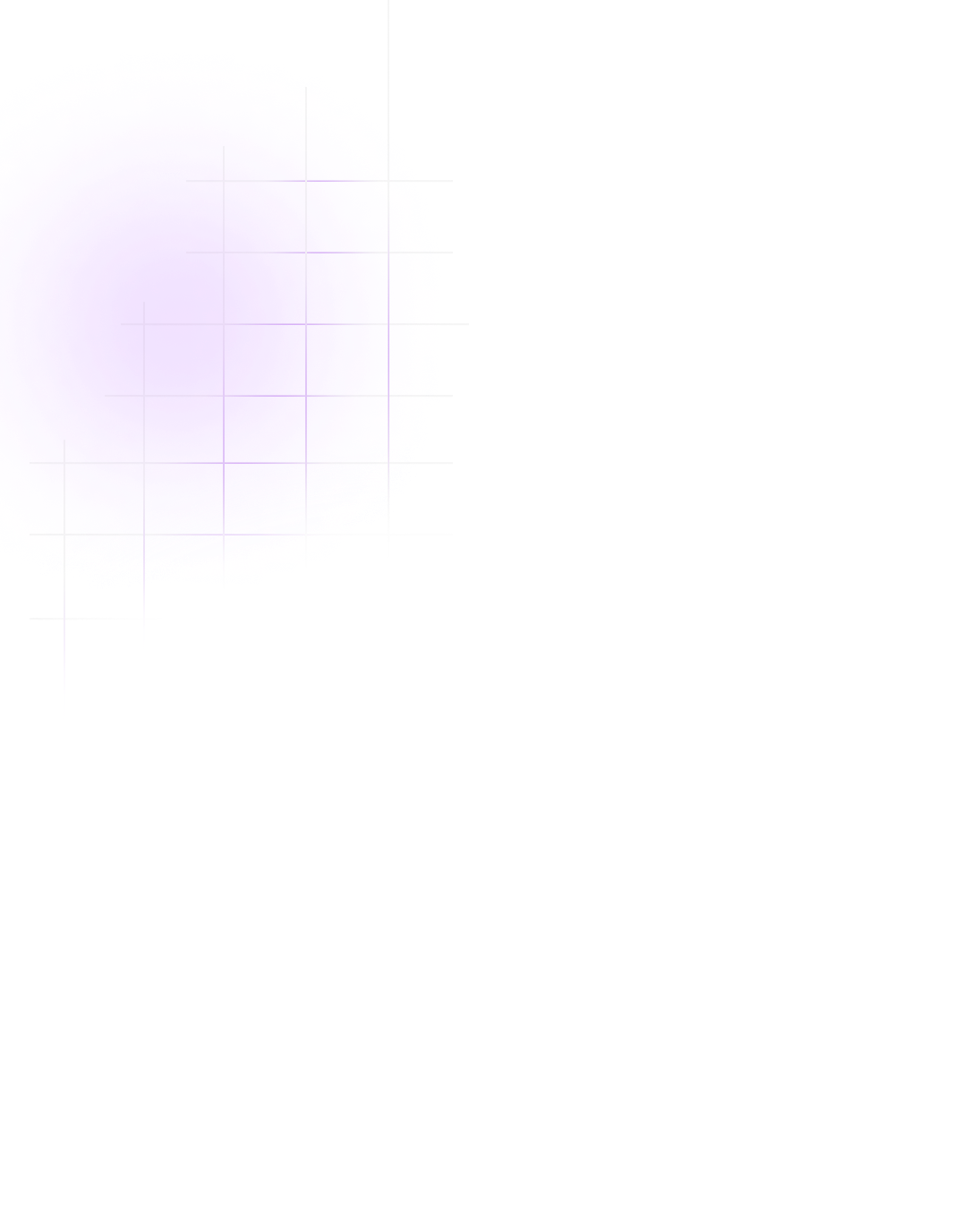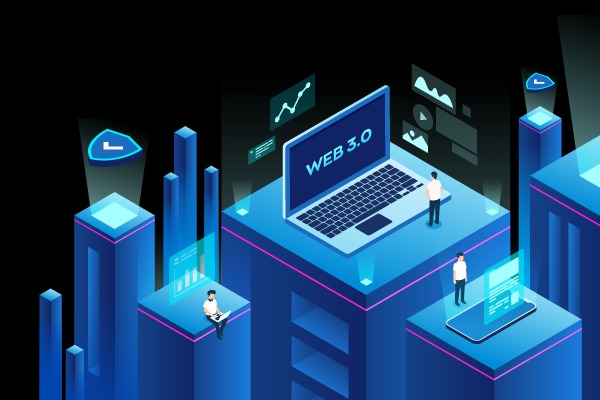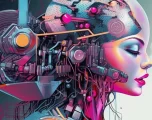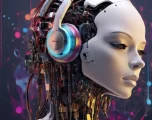

Web 3.0 Development

Web 3.0 development refers to building decentralized, intelligent, and user centric web applications using blockchain, AI, and semantic technologies. Unlike traditional web models, Web 3.0 focuses on data ownership, privacy, and trustless interactions, enabling peer to peer communication without intermediaries. It uses smart contracts, decentralized apps (dApps), and tokens for secure, transparent operations.
Web 3.0 enhances personalization, automation, and interoperability across platforms, empowering users with greater control over their data and enabling a more open, secure, and intelligent digital experience.Web 3.0 also fosters innovation in finance, gaming, identity, and governance.
Next Generation Web 3.0 Development Solutions
Strategic AI Implementation for Business Success
Next Generation Web 3.0 development solutions harness decentralized technologies, AI, and blockchain to build more secure, transparent, and user controlled digital ecosystems. These solutions enable trustless interactions, self sovereign identity, and smart contract automation. With the integration of decentralized finance (DeFi), NFTs, and interoperable dApps, Web 3.0 empowers creators and users with full ownership of data and digital assets. Enhanced scalability, zero-knowledge proofs, and cross-chain functionality are key innovations driving the next evolution of the internet.
Strategic AI implementation in Web 3.0 can enhance business success by optimizing data analysis, personalizing customer experiences, and fostering innovative business models. By leveraging AI’s capabilities alongside decentralized technologies, organizations can reduce operational friction and unlock new revenue streams.




Empowering Businesses with AI-Driven Innovation
Turning Ideas into Intelligent Solutions
Empowering businesses with Web 3.0 development involves leveraging decentralized technologies to enhance transparency, security, and user control. By adopting blockchain, smart contracts, and decentralized applications (dApps), organizations can streamline operations, improve data management, and foster trust with customers. Additionally, integrating AI and machine learning can personalize user experiences and optimize decision-making, ultimately driving innovation and creating new revenue streams in a more connected and collaborative digital landscape
Frequently Asked Questions

Sara Malik
What is Web 3.0 development?

How is Web 3.0 different from Web 2.0?

What technologies are used in Web 3.0 development?

What are decentralized applications (dApps)?

Is Web 3.0 development secure?


